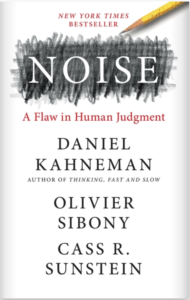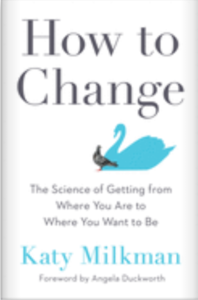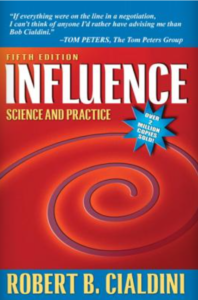In the workplace and in life we sometimes enter a phase where we feel as if we are standing on uncertain ground. We become disoriented and struggle to find our balance in order to regain equilibrium.
Sometimes it can be a new job, or a promotion, or even a transfer. It can be a change in the team around us, or it can be the way others might view us, using a different lens for a new role we have taken on. Whatever the cause, each of us can experience it.
As a new vice president at a Fortune 50 company a number of years ago, I remember walking into each meeting with trepidation. I had been promoted ahead of a number of more senior people. As a result, at times I felt like an imposter, at other times as if I was being judged, and most often as if I was somehow out of my league. And each time an issue was raised I felt as if I had to have the answer and take ownership of anything my department touched.
Most importantly, I looked at the other vice presidents and more senior leaders with a mixture of amazement and, honestly, some disappointment, as I saw their efforts at navigating corporate mazes. Some would use “buzz” words which tended to set up smoke screens. Others would commit to an action and then change their story at the next meeting. The most adept open field runners would pivot (I even saw a few pirouettes!) in the middle of meetings as they saw which way the company “wind” was blowing. The drama and uncertainty I felt as I observed those things was palpable to me.
I was fortunate to work with a coach during my career who helped me learn more about myself and how to change how I approached such situations. I know that helps me serve my clients because each has experienced times when the “ground” under them seems to be uncertain.
Here are five perspectives to help you find solid ground again:
1. Perspective – As we get enmeshed in corporate life, we can sometimes begin to think that the company and its goals are the most important things in the world. They’re not. The actor Richard Burton once provided this perspective on his career, “Give it all you’ve got but never forget it’s just a bloody movie, that’s all it is. We’re not curing cancer.” Most of us from corporate life would do well to heed his words about our own endeavors.
2. Understanding – Look around the corporate boardroom table and don’t look at titles or the personas that might be displayed by the other leaders. Just look at them as fellow human travelers on a journey. They’re doing the best they can in the world and it doesn’t help to be overly impressed or at all judgmental about their behavior. Be curious about what they know and don’t worry about what they don’t. Be empathetic – you will learn from everyone that way.
3. Gratitude – “The struggle ends when gratitude begins,” is a quote by Louie Schwartzberg. Each day we have much to be thankful for. The job provides us monetary compensation and self-actualization. And yet there is so much more to appreciate in life. A wise person once said, “Remember these three priorities in life: First, take care of yourself so, second, you are able to take care of your family. And only then worry about your job.”
4. The Calm in the Center of the Storm – Find the calm in yourself and then pass it on to everyone! That doesn’t come from having all the answers – it has to do with being able to step out of the chaos and then attending to others, feeling comfortable with expressing your thoughts when necessary, listening a lot more than you talk, and continually exuding a calmness and kindness to others.
5. Prayer, Meditation, and Mindfulness – Every client with whom I work spends time in quiet reflection – some in prayer, others in meditation, and all in some sort of mindfulness exercise. Opening up to something outside of yourself is both humbling and energizing at the same time. We can never navigate this world alone.
Ship captains seldom get seasick. They aren’t special human beings. But they have a secret: They keep sight of the horizon, not the waves. That makes all the difference for them. The waves come and go, but the horizon – the long-term goals and who we are as people – that will always be there.
This article originally appeared on bostonexecutivecoaches.com.




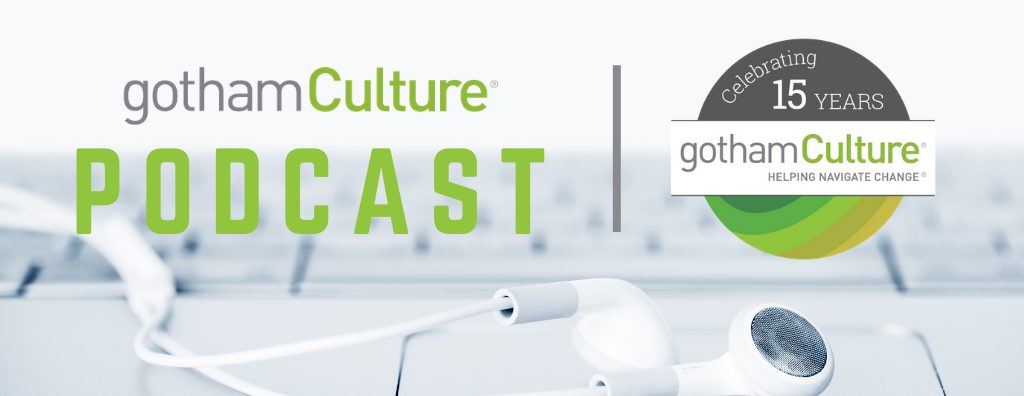





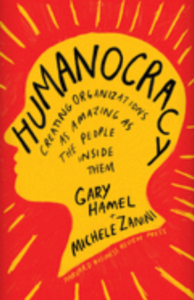 ng organizations as amazing as the people inside them
ng organizations as amazing as the people inside them
